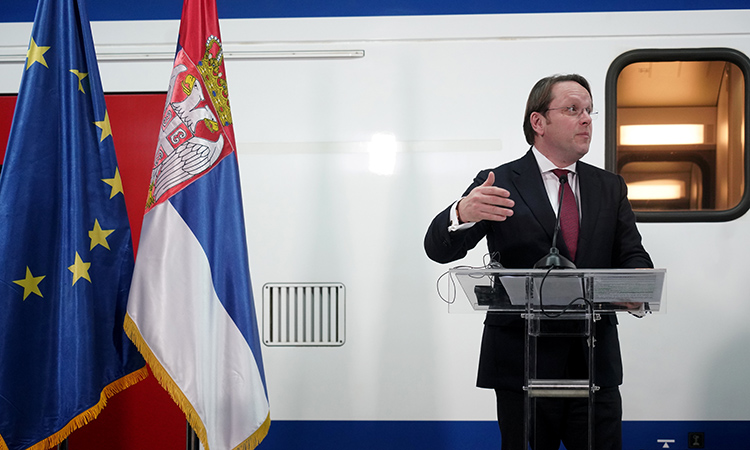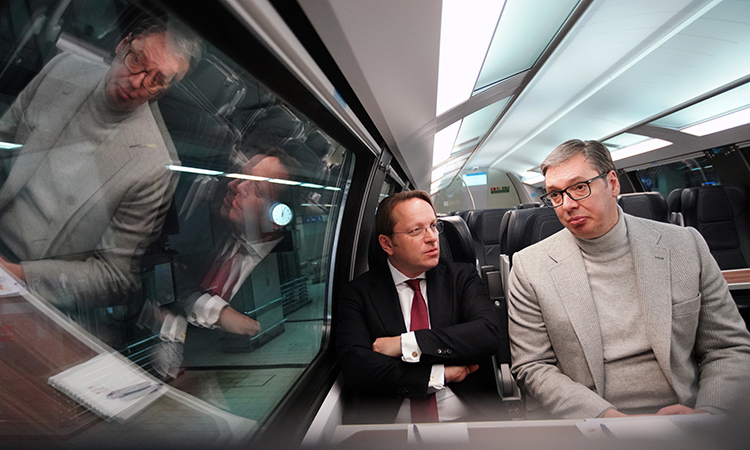EU announce €600 million grant for Serbia rail modernisation
Posted: 2 March 2023 | Elliot Robinson (Editorial Assistant - Global Railway Review) | No comments yet
The €600 million European Union grant will help to modernise the railways in Serbia and improve Serbia’s connectivity with other European rail networks.


Oliver Varhelyi, European Commissioner for Neighbourhood and Enlargement - Credit: EU
The European Union (EU) have announced a grant of €600 million to modernise the railways in Serbia and improve Serbia’s connectivity with other European rail networks. The Corridor X railway project aims to connect Serbia with the EU via Croatia, through Belgrade and further to Niš, Skopje and Greece.
The investment is part of the EU’s €30 billion Economic and Investment Plan for the Western Balkans which aims to mobilise investments in the areas of transport, energy, green and digital transition, to create sustainable growth and jobs.


Aleksandar Vucic, Serbian President, 9right), and Oliver Varhelyi, (left) in a train on the Rail Corridor X project Belgrade-Nis in Belgrade – Credit: EU
An EU grant of up to €600 million is foreseen for this project. Out of this, €265 million has been already approved so far for the Belgrade–Niš fast railway that will allow to travel between the two cities with the speed of up to 200km/h and in around 100 minutes. The rest of the package consists of a €1.1 billion loan from the EIB and a €550 million EBRD loan.
“We have picked this project because this project is capable of changing the realities on the ground for the people of Serbia, for the people of southern Serbia, and with that, the entire region,” Olivér Várhelyi, EU Commissioner for Neighbourhood and Enlargement, said. “Because this train should bring growth and jobs, this train should bring investments in areas where it is most needed – in the south of Serbia – but this should also bring a new Serbia and a new region.”
Related content you will enjoy:
ÖBB Rail Cargo Group forms new subsidiary in Serbia
EC approves €1.1 billion German scheme to support operators using electric traction
Related topics
Funding & Finance, Infrastructure Developments, Regulation & Legislation, Route Development







